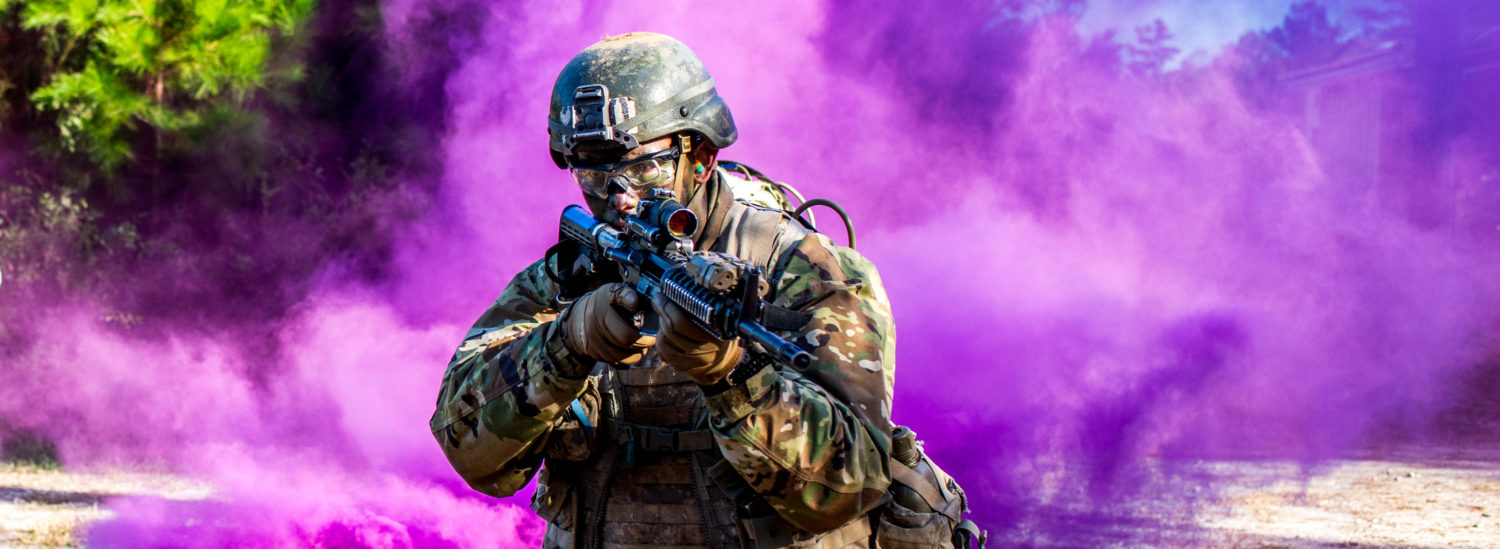In the middle of the night, on September 14th, 2012, a team of Taliban fighters broke through the perimeter of Camp Bastion and began attacking the base. Bastion, later called Camp Shorabak, was located northwest of Lashkar Gah in Helmand Province, Afghanistan and housed Marine Corps Harrier Jump Jets. Marines and Royal Air Force personnel bravely defended their base and killed the Taliban intruders after a six-hour firefight. Over a dozen friendly personnel died or sustained wounds, and the enemy destroyed or damaged eight aircraft. The attack severely degraded Bastion’s ability to project combat power and support friendly ground forces. The Taliban gambled, correctly, that the best way to strike back against coalition airpower advantage was to attack the aircrafts in their most vulnerable state; on the ground.

An airman maintains watch with his weapon as he wears his Mission Oriented Protective Posture (MOPP) suit on Jan. 16, 2013, during the Beverly Midnight exercise at Osan Air Base, South Korea.










